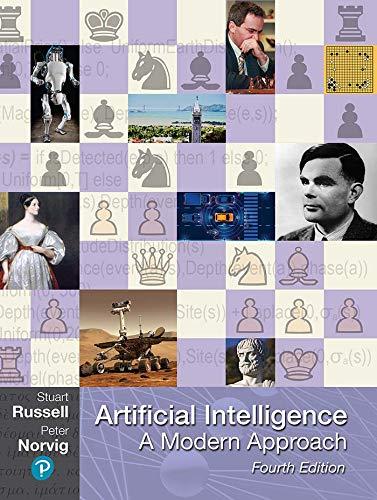Scientific inquiry investigates the causal relation of variables; scientists study the effects of interventions. Causal networks provide
Question:
Scientific inquiry investigates the causal relation of variables; scientists study the effects of interventions. Causal networks provide a framework for such analysis by exactly specifying variables’ putative relations. These networks, drawing on the work of Cinelli et. al (2021), can show us which treatments (the variable, X) we can expect to measure the effect of (on the variable, Y ) when controlling for others. In particular, we’re interested in whether a variable (here, Z) would serve as a good, bad, or neutral control over the influence of X on Y in a observational setting (we have not intervened, as in a randomized control trial, to do(X)); whether its inclusion in a regression analysis, for example, would reduce bias (close a confounding path; a good control), increase bias (open a confounding path; a bad control), or keep bias the same (neither open nor close a path; a neutral control).
That is, we want to measure the effect of X on Y. Thus, in which cases (D1 through D18) would keeping track of Z as well tell us more (good), less (bad), or nothing (neutral) about their relation? One way to measure this is the back-door criterion: does Z d-separate X from Y ? (Pearl (2000) goes more in depth on the specifics of the back-door criterion.)
a. For each of the networks in Figure S13.53, state whether Z would serve as a good, bad, or neutral control. If a good or bad control state the reason (which confounding path was opened or closed or otherwise).
b. Now consider the networks in Figure S13.53 in an experimental setting, in which we do(X). Is Z a good, bad, or neutral control? Why?
Figure S13.53

Step by Step Answer:

Artificial Intelligence A Modern Approach
ISBN: 9780134610993
4th Edition
Authors: Stuart Russell, Peter Norvig





